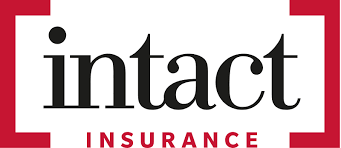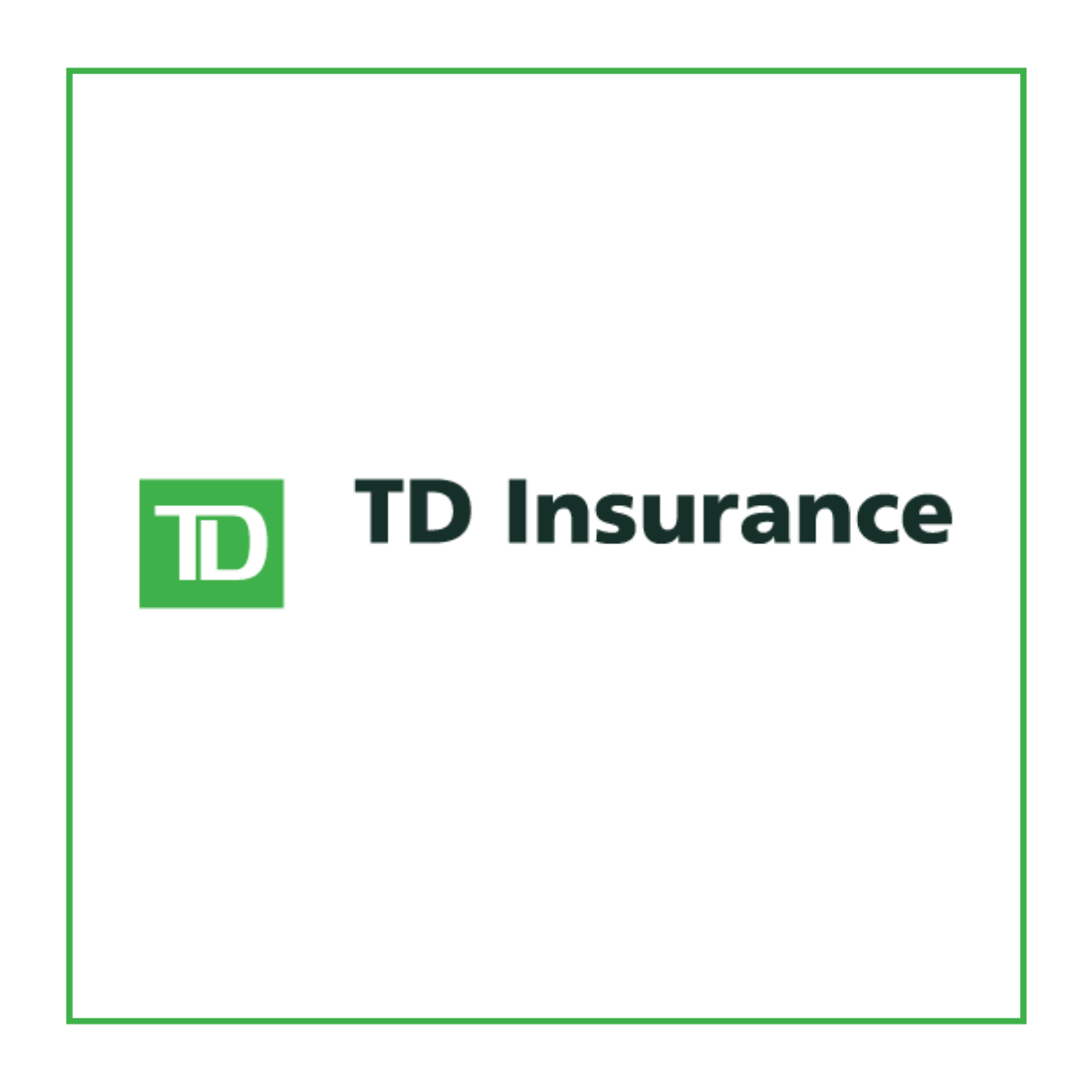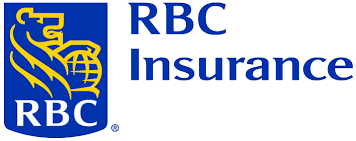

Tenant insurance is not legally required, but it is a type of coverage that insurance professionals would strongly recommend to renters. Not only does this type of policy offer financial protection for renters’ personal belongings, it also covers financial liability. Landlords’ insurance, meanwhile, does not extend to tenants’ personal possessions, further enhancing the need for this form of coverage.
That’s why in this article, Insurance Business lists the largest tenant insurance providers in Canada in terms of revenue, with an overview of the type of coverage they provide. We’ll also discuss topics related to this type of policy, such as what it covers, how much it costs, and more.
Revenue is a good measure of a tenant insurance company’s ability to back up and honour claims. Note that revenue is not the only measure of an insurer’s performance and measure of reliability. However, it is perhaps the more relevant metric for insurance professionals and consumers. Here are the biggest tenant insurance providers in the country based on total revenue from the latest financial year:

Headquarters: Toronto, Ontario
Total revenue: $16.5 billion (all lines, Canada)
Intact Financial Corporation provides a wide range of personal lines and commercial insurance products via Intact Insurance, its insurance business unit. This company is Canada’s largest provider of property and casualty (P&C) insurance, with approximately more than 4 million customers across the country.
Intact Insurance provides comprehensive tenant insurance offering cover for renters of apartments, houses, condos, lofts, studios, townhouses, and other common types of rental properties. This company’s tenant policies cover:
Personal belongings – this contents insurance gives protection against loss or damage to clothing, furniture, electronics, and other possessions within the rental property; these items are protected against fire, theft, water damage, and other insured events
Additional living expenses – handles costs like hotel stays, meals, and clothing if a renter cannot live in their rental property due to an insured loss
Personal liability protection – if a renter is legally responsible for causing injury to others or damage to their property, this covers the medical bills, legal defense costs, and repair expenses
Enhanced water damage package – an optional coverage for water damage resulting from sewer backup and overland flooding
Identity protection – branded as my identity, this provides access to expert advice and legal support in case of identity theft, landlord-tenant disputes, cybersecurity breaches, and other related expenses; this service is available 24 hours
Travel insurance – provides cover for specific unexpected emergencies when tenants are away from home
The average cost of premiums for tenant insurance from Intact is in the range of $25 to $30 a month. This range is affordable and consistent with typical tenant insurance in Ontario and other provinces.

Headquarters: Toronto, Ontario (global headquarters in London, UK)
Total revenue: £4.05 billion (around $7.54 billion – Canada general insurance)
Aviva Canada is part of the global Aviva PLC Group and was established in Canada way back in 1835. Aviva is a leading P&C insurance group that serves over 3 million customers in the country. Its range of insurance products include home, lifestyle, auto, and business insurance apart from insurance for renters. Aviva Canada operates via several subsidiaries and a network of independent brokers throughout the country.
Tenant insurance is offered as part of Aviva’s home insurance. This insurance typically covers:
Personal property – provides protection for renters’ possessions and covers fire, theft, and water damage
Liability coverage – gives coverage for bodily injury or property damage to third parties
Additional living expenses – are covered if the rental unit is rendered unlivable due to an insured event
Aviva’s renters’ insurance policy can be customized with optional add-ons and varying coverage limits to suit renters’ needs.
Aviva renters’ insurance is very competitive, with average premiums costing about $15 to $30 a month. The premiums can be higher or lower depending on factors like the building’s type, location, and its security features, coverage limits, and chosen deductibles. This is considered good value for renters’ coverage that is considerably comprehensive.

Headquarters: Lévis, Québec
Total revenue: $7.4 billion (property & casualty insurance)
Desjardins Group is the largest financial cooperative in North America, but it is also a major player in the Canadian property & casualty insurance market. The company is known for its diverse range of financial services like personal banking, business banking, and wealth management, apart from insurance.
Desjardins’ tenant insurance is tailored for apartment, condo, and house renters. It offers flexible coverage limits and competitive pricing. The policy is often bundled with other insurance products for discounts. Their tenant insurance typically includes:
Coverage for personal property – this includes risks like fire, theft, water damage, and other insured events
Liability protection – this is cover for instances where the tenant is liable for injury to others or damage to other people’s property
Optional add-ons – these are options for tenants who want coverage for other less common but potentially disastrous events like identity theft or damage from sewer backup
Desjardins’ tenant insurance usually costs around $40 to $47 per month. The actual cost of premiums for their policies depends on coverage levels and individual factors of insureds. Desjardins is unique in that they give discounts to tenant insurance policies if the policyholder is also a banking client.

Headquarters: Winnipeg, Manitoba
Total revenue: $3.5 billion (all lines)
One of Canada’s largest mutual property and casualty insurers, Wawanesa is owned by its policyholders. Founded in 1896, Wawanesa services over 1.7 million members. It is known for its financial stability, outstanding claims service, and commitment to giving back to the community.
Wawanesa offers comprehensive tenant insurance designed to protect renters’ personal property and provide liability coverage. Wawanesa’s tenant policy is distributed through independent brokers, offering flexible coverage options and reliable protection tailored to Canadian renters’ needs. Key features include:
Additional living expenses – designed to pay temporary housing and increased living costs if a renter’s unit becomes uninhabitable because of a covered event like fire or serious water damage
Personal property coverage – this protects tenants’ possessions, which can include their furniture, clothes, and electronics; risks covered include theft, fire, vandalism, and water damage, while replacement costs are optional
Personal liability coverage – covers legal and medical expenses if a renter accidentally causes damage to property or injury to others; limit options range from $1 million to $2 million
Optional coverage – this includes atypical cover, such as earthquake coverage, sewer backup coverage of up to $10,000, and increased limits for high-value items like jewelry and electronic devices
Replacement Cost Coverage – covers the cost of replacing lost or damaged items. This also ensures tenants receive the full replacement value of lost items, not merely their depreciated value.
The average cost for Wawanesa’s tenant insurance is about $20 to $30 per month. Policyholders who choose to bundle this insurance with the insurer’s auto insurance or with additional safety features for their rental unit can get discounts.

Headquarters: Toronto, Ontario
Total revenue: $2.98 billion (individual - protection, all regions)
Sun Life is a leading international financial services company based in Canada. It focuses on providing life, health, and travel insurance, investment management, and retirement solutions. Sun Life works to enable clients to achieve financial security and wellness, via its extensive network in the country, the US, Asia, and other global markets. Sun Life offers a broad range of wealth management, insurance, and financial planning products to individuals and institutions.
Sun Life’s tenant insurance provides flexible coverage options at competitive prices. Their renters’ insurance products cover these as standard:
Coverage for personal property – covers renters’ belongings for fire, theft, water damage, and vandalism
Liability protection – covers renters in case they cause accidental injury or property damage
Additional living expenses coverage – is for covered events that can make their rental unit uninhabitable
Optional add-ons – covers incidents like damage due to sewer backups or identity theft
Sun Life charges about $20 to $40 per month for their renters’ insurance premiums. However, the premiums can vary according to location and other factors like coverage limits, credit score, and the actual value of the insured items.
.png)
Headquarters: Québec City, Québec
Total revenue: $2.6 billion (property & casualty insurance)
Founded in 2020, Beneva quickly grew into a major mutual insurance company in Canada. Beneva is the result of a merger between La Capitale and SSQ Insurance. The company is recognized for its people-first approach and offers a comprehensive portfolio of insurance products. Their auto, home, life, health, and tenant insurance meet the coverage requirements of millions of Canadians.
Even if renters don’t have many high-value items, Beneva provides tenant insurance that can sufficiently cover their personal belongings and protect them from liability. Beneva’s insurance stands out in the market for its flexible water damage coverage, loyalty rewards, and other benefits not typical of other insurers. Key features of their insurance for tenants include:
Civil liability – covers the renter’s liability to third parties, should they accidentally cause damage to the building or injure others
Decreasing deductible – as a reward for their loyalty and diligence, tenants who make claim-free renewals can eventually reduce their deductible to $50
Additional living expenses – this is coverage for temporary accommodation and other related expenses if the rental becomes unlivable due to a covered event; policyholders can pair this feature with an app that helps find temporary housing while their rental is repaired
Water damage protection – this includes multiple cover options for water damage like coverage for sewer backup, above-ground water, and overflow from bodies of water – which is a common cause of home and renter’s insurance claims in Québec
Free legal assistance – Beneva provides legal advice at no extra cost
Professional equipment and bike coverage – this includes cover for equipment that the renter uses for work, like laptops and cameras; bikes are also covered at their full value, even if stored outside the renter’s home, at no extra cost
Exclusive perks – these include special benefits for public service employees and retirees
Beneva offers their comprehensive tenant insurance starting at $20. Note, however, that customers can save significantly by bundling their tenant policies with the insurer’s other products, such as auto insurance.

Headquarters: Toronto, Ontario
Total Revenue: $1.8 billion (all lines)
As part of the Toronto-Dominion (TD) Bank Group, TD Insurance is one of Canada’s largest direct-to-consumer insurers. TD Insurance offers a wide range of P&C products, including home insurance and tenant insurance. TD is known for its competitive pricing, strong customer service support, and a longstanding commitment to helping Canadians find insurance solutions.
TD’s tenant aka renter’s insurance covers most of the essential items and events that can affect rental properties. These include:
Personal belongings – protects against risks such as fire, theft, water damage, and more, including coverage for items temporarily away from home
Liability protection – covers any injury to third parties or damage to their property accidentally caused by the policyholder; cover includes legal expenses
Additional living expenses – covers costs like hotel stays and meals if their rental becomes uninhabitable due to an insured event
Replacement cost coverage – takes care of the cost of replacing damaged or stolen items, meaning damaged or stolen items are repaired or replaced without depreciation deduction
Optional coverage – this is coverage against identity theft and cover for specialty items
TD insurance offers multiple plans like Gold, Platinum, and Platinum Plus. They vary in increasing levels of coverage and benefits.
For standard tenant coverage, premiums with TD can typically range from $20 to $30 per month. The cost of premiums varies based on factors like the rental’s property, deductibles, coverage limits, the policyholder’s claims history, and the value of the insured possessions.
Those who purchase bundled TD Insurance like auto insurance or purchase online can avail of special discounts from TD. Insuring higher-value items or additional coverage options may increase the premium.

Headquarters: Toronto, Ontario
Total revenue: $1.69 billion (APE sales Canada)
Manulife Financial Corporation is the largest insurance company in Canada. It is also a leading international financial services group founded in 1887. Manulife offers a broad range of insurance and wealth management products across Canada, the US, and Asia, serving millions of customers.
Manulife’s tenant insurance is tailor-fit for the needs of those who rent apartments, condos, and houses. There are flexible coverage limits and competitive prices, and generally includes:
Coverage for personal property – this covers risks to renters’ possessions like fire, theft, water damage, and vandalism
Liability protection – covers injury or damage to property accidentally caused by the insured
Additional living expenses coverage – covers expenses like temporary alternative accommodation for the renter if their rental property is rendered uninhabitable after an insured event
Optional coverages – this includes protection for identity theft and damage due to sewer backups
Manulife tenant coverage averages about $20 to $40 a month. The cost can be higher or lower depending on the policyholder’s rental location, coverage amount, deductibles, and the value of their personal belongings.

Headquarters: Toronto, Ontario
Total revenue: $1.2 billion (all lines)
RBC Insurance is a division of the Royal Bank of Canada, which is still part of the Big Five Banks of Canada. This insurance unit offers comprehensive tenant coverage meant to protect renters’ personal possessions, along with providing liability insurance. It also covers additional living expenses if the rental becomes uninhabitable due to a covered loss.
RBC tenant insurance is viewed favourably for its good customer service, financial stability, and ease of online management. RBC Insurance is a popular choice for Canadian renters. There are several useful features in RBC Insurance’s tenant policy, including:
Personal belongings coverage – provides cover for renters’ furniture, clothes, electronic devices, and other personal property inside their rental; risks like fire, theft, and water damage are covered as standard
Liability protection – covers legal and medical costs arising from renters accidentally causing injury or property damage to third parties, anywhere in the world
Additional living expenses – this covers the costs of temporary housing, moving costs, and other related expenses if the renter can no longer stay in their rental due to a covered event like a fire or severe water damage
Optional add-ons – these are additional features policyholders can choose to add; they include protection against identity theft, enhanced water damage cover, and endorsements for specific needs
Deductible waiver – this is a deductible waiver for claims over a certain amount and is designed to reduce out-of-pocket costs
Depending on the policy and the insured’s personal risk factors, the average premiums for RBC tenant insurance can range from $20 to $50 a month. However, bundling RBC tenant coverage with its car insurance can give policyholders a discount.

Headquarters: Toronto, Ontario
Total revenue: $470 million (all lines)
Scotia Insurance is affiliated with one of Canada’s Big Five Banks, Bank of Nova Scotia (Scotiabank). This insurance company offers a variety of personal lines insurance, including home, life, auto, health, and tenant insurance. Some of their products are underwritten by partners like Belair Insurance Co. Inc.
Scotia Insurance emphasizes personalized service, flexible coverage options, and competitive pricing, along with easy online management. Filing a claim with Scotia Insurance is made more convenient, thanks to their 24/7 claims facility.
While there are scant details about Scotia Insurance’s tenant coverage specifically, this is bundled as part of their home insurance offerings. Scotia tenant policy generally includes:
Coverage for personal belongings – this covers renters’ possessions against risks like fire, theft, water damage, and vandalism
Liability protection – this covers accidental injury or property damage to others
Additional living expenses coverage – this coverage takes care of hotel stays and other related expenses if the renter’s unit becomes unlivable because of an insured event
Optional add-ons – these can be made available via Scotia’s insurer partners; add-ons can include identity theft protection and sewer backup coverage
Premiums of Scotia tenant insurance varies depending on the renters’ location and their individual risk factors, but the average cost of their premiums falls within the $20 to $50 range. However, discounts may be available to Scene+ members, if they bundle their renters’ insurance with other Scotia products.
Tenant insurance in Canada is a type of coverage designed specifically for renters to safeguard their personal belongings and provide liability coverage while living in a rented property. While this insurance is not mandatory, many landlords require tenants to have this insurance ready before they sign a lease agreement.
Landlords have the legal right to include this as a condition for a lease contract and ask for proof of insurance before a tenant moves into the rental. To help you make an informed decision, you can use this guide to determine if you really need tenant insurance.
Like car insurance and many other forms of insurance, tenant insurance is highly personalised and cannot be presented as a one-size-fits-all number.
The average cost of tenant insurance can be within the range of between $15 and $50 per month. Premiums depend on the location, value of items insured, coverage limits, optional add-ons, and other factors.
Note that you can check if the tenant insurer you’re looking at uses one of the best insurance underwriters.
Generally, this is a worthwhile added expense on top of paying rent, since landlord insurance only covers the rental property and not any of the renter’s possessions. Taking tenant insurance can be especially useful and essential if you or your clients reside in flood-prone areas.
Many parts of Canada flood due to overflowing bodies of water, and the flooding is expected to get worse due to rising sea levels. With these important facts in mind, insurance professionals and consumers alike are encouraged to compare quotes and, when possible, ask prospective insurers for a free quote, to ensure you get the best value.
If you're consider using or recommending any of these tenant insurance providers, remember that you can also look for specific insurers with our IB markets.
